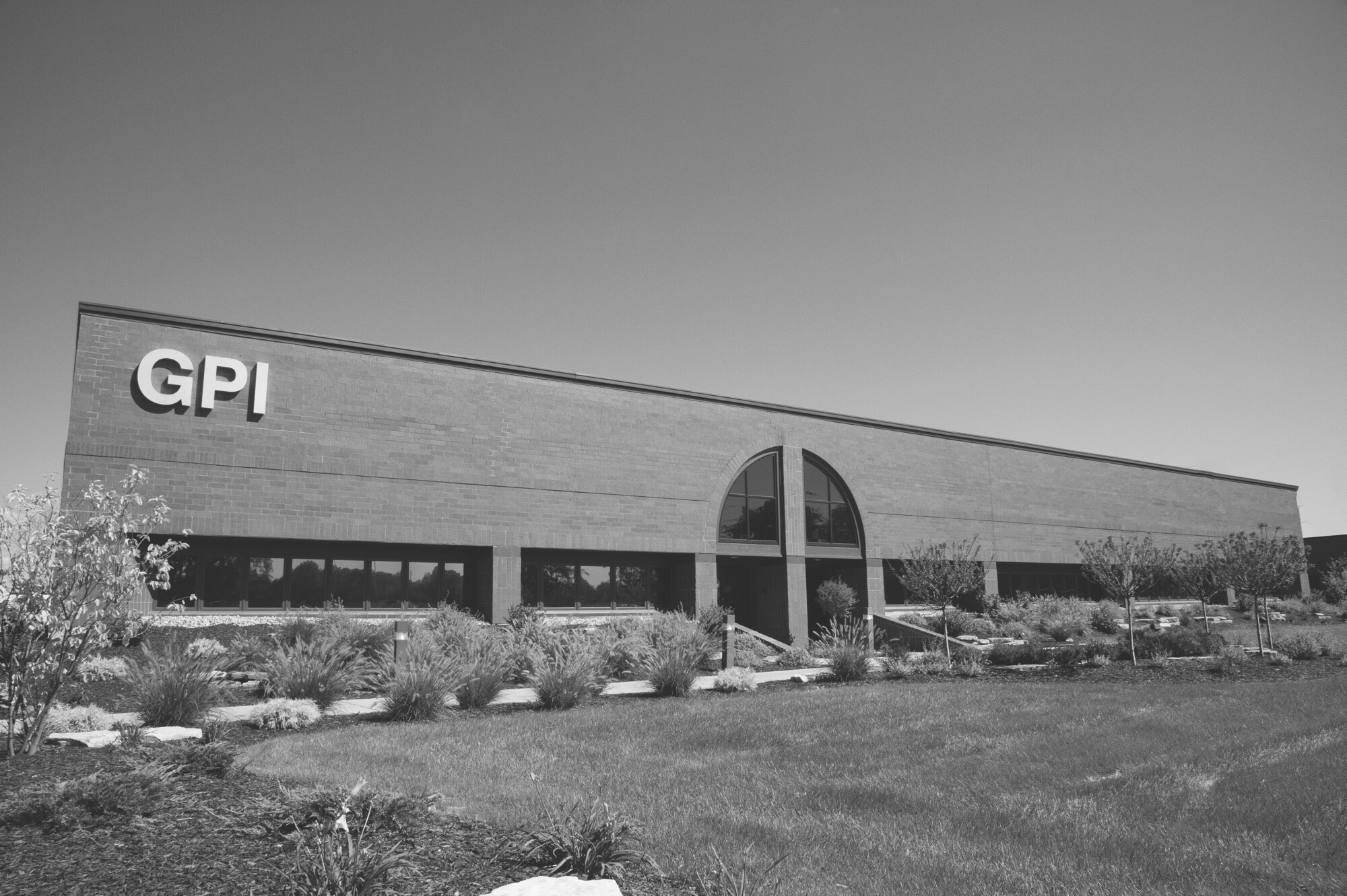When you work with hydraulic systems or machinery that requires and utilizes petroleum oil lubricants, varnish buildup is an unavoidable problem you will run into at some point. Luckily, varnish is a resolvable issue with the right methods.
How does varnish occur?
Varnish generally occurs because of three factors: oxidization, friction, and heat. Degradation starts within the petroleum and byproducts start to form that settle through an engine and start to attach to surfaces and create varnish.
Varnish, of course, also attracts other contaminants with its sticky, tar-like consistency, forming an abrasive surface on potentially vital equipment components. This can result from three main catalysts that stem from the associated factors:
- Air intake in the engine.
When air is trapped in an engine, aging and contamination by water can cause a loss of surface tension and cause the oil inside to fail. Once the trapped air bubbles become large enough, they can condense and remain adhered to the surfaces within the engine—once these areas make contact with those air bubbles, they can form soot-based compounds that take on a sticky consistency until they harden into enamel with exposure to heat.
- Oxidation of the oil.
When oil oxidizes, acids along with polymers and other compounds form. This causes the viscosity to increase and the oxidized compounds to become insoluble in the oil, forming solid deposits and lacquers in the engine.
- Coking and ignition of lubricant film.
There are a number of areas in a combustion engine where surface temperatures can be transferred to the oil or where two surfaces can cause friction and create a point of high temperature. This combined with potential factors of inadequate lubrication or detrimental cycle speeds can cause risks of ignition or coking within the engine. The deposits created from this can both hinder the functionality of the engine and contribute to wear and corrosion of affected parts by adhering to the surfaces.
Oil analysis can play a vital role when it comes to monitoring buildups and cleanliness of oil in engines. Performing regular analyses and monitoring the accumulation of varnishes can head off the issues that can arise from buildup before they become detrimental issues to your engines. As a fully licensed petroleum oil lubricant distributor for ExxonMobil, we are able to offer oil analysis services through ExxonMobil’s Signum Oil Analysis.
